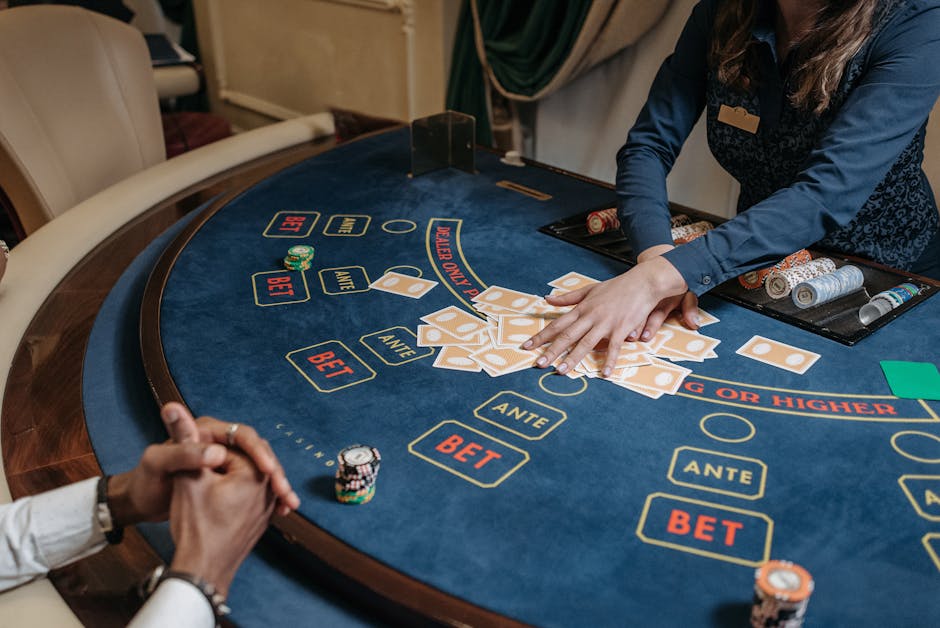In the luminous shadow of Las Vegas’ neon lights, a tale as old as the city itself gets a fresh examination. The legendary Frank “Lefty” Rosenthal, known for his iron grip on some of Vegas’ most iconic casinos and his inspiration behind Robert De Niro’s character in ‘Casino’, is often credited with a progressive milestone: hiring the Strip’s first female dealers. But how accurate is this narrative? A closer look reveals a complex history that challenges popular myths and sheds light on the true pioneers of gender equality in the casino industry.
The Real Pioneers Behind the Tables
Contrary to the widely held belief that Rosenthal broke the gender barrier on the Vegas Strip, historical evidence tells a different story. Records indicate that:
- Women were dealing cards in downtown Las Vegas as early as 1943, long before Rosenthal’s era.
- A 12-year ordinance had been in place banning women from dealing, a testament to the gender discrimination of the time.
- The first woman to deal cards on the Las Vegas Strip was Jean Brady at Jack Piper’s Silver Slipper Casino in 1970, a venue never under Rosenthal’s control.
This revelation not only corrects a historical oversight but also highlights the resilience and determination of women who paved the way for gender equality in the industry, despite facing systemic barriers.
Shattering the Glass Ceiling: Jean Brady’s Story
Jean Brady’s entry into the world of card dealing was not a political statement but a practical decision driven by the pursuit of better job opportunities. Her groundbreaking role at the Silver Slipper was a significant milestone, occurring amidst a backdrop of widespread gender discrimination. Brady’s pragmatic approach to her career choice underscores a broader narrative of women striving for equality and recognition in the workplace.
“I’m not fighting for any rights for women. I’m just trying to take the best job opportunity available to me.” – Jean Brady, reflecting on her historic role as the first female dealer on the Las Vegas Strip.
Dispelling Myths, Embracing Facts
The story of Las Vegas’ first female dealers is more than a historical footnote; it’s a testament to the city’s complex relationship with progress and tradition. While Rosenthal’s contributions to the casino industry are undeniable, the narrative surrounding the employment of the first female dealers on the Strip needed correction. This exploration into Vegas lore reveals a compelling truth:
“The journey toward gender equality in the casino industry is marked not by the actions of a single individual but by the collective resilience of women who dared to challenge the status quo.”
As we continue to bust myths and uncover the true stories behind Las Vegas’ glittering facade, it’s essential to recognize the contributions of all pioneers who shaped the city’s unique landscape. For more insights into the evolving narrative of Las Vegas and its many legends, stay tuned to our series and explore the rich tapestry of history that defines Sin City.
Conclusion: A Legacy Revisited
In revisiting the myth of Lefty Rosenthal’s role in hiring the Strip’s first female dealers, we uncover a richer, more nuanced history of Las Vegas. A history where the real heroes are often unsung, and progress is a collective achievement rather than the vision of a single individual. As we peel back the layers of Vegas myths, we’re reminded of the importance of questioning narratives and seeking truth, ensuring that the legacy of those who truly broke barriers is honored and remembered.
Amidst the changing landscape of Las Vegas, the evolution of the casino industry continues to be a topic of fascination. From the pioneering days of the first female dealers to the modern era, where innovations and advancements shape the gaming experience, the story of Las Vegas is one of relentless transformation and enduring allure.










Leave a Reply